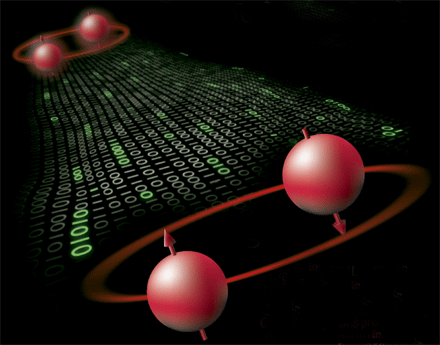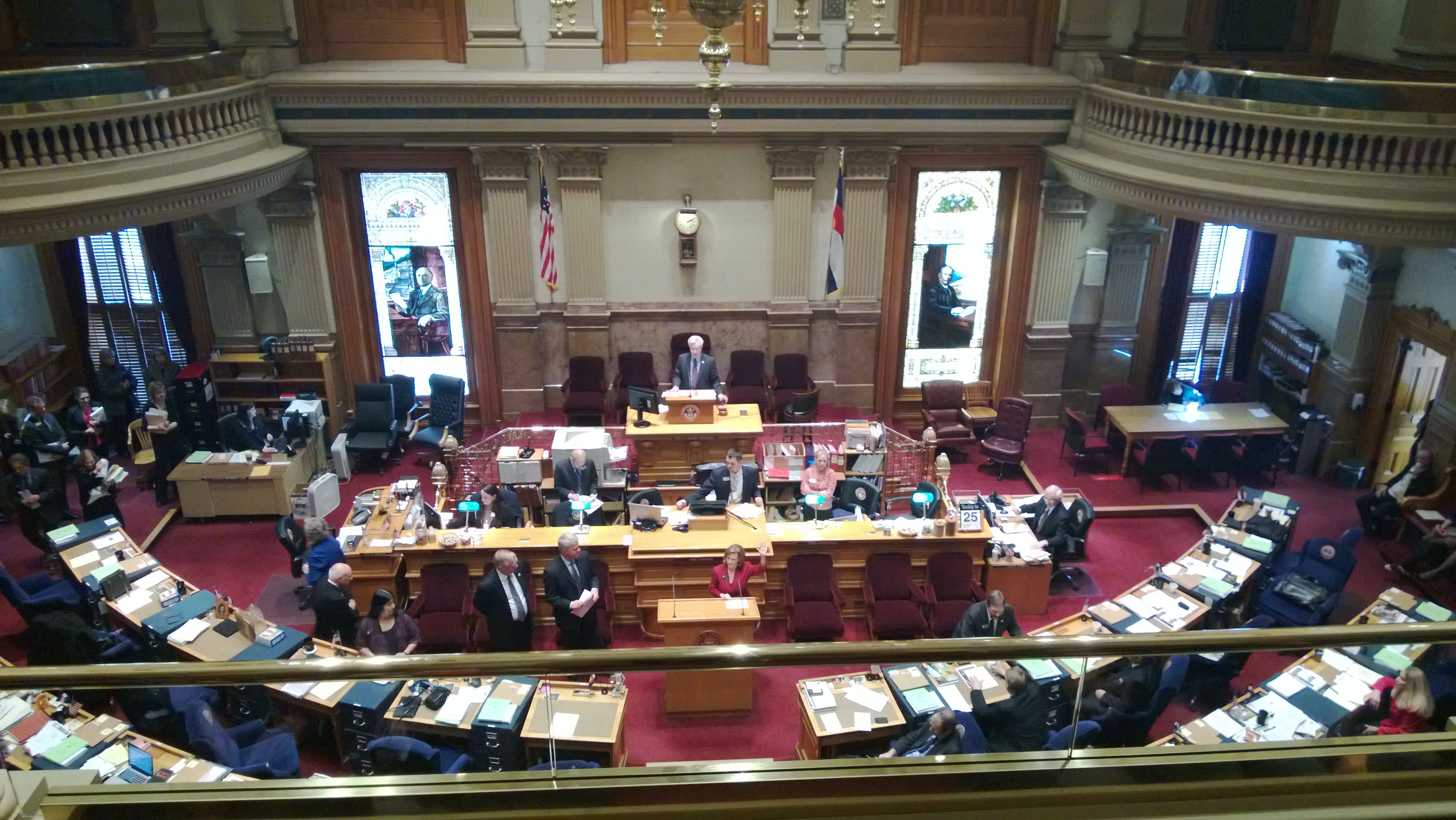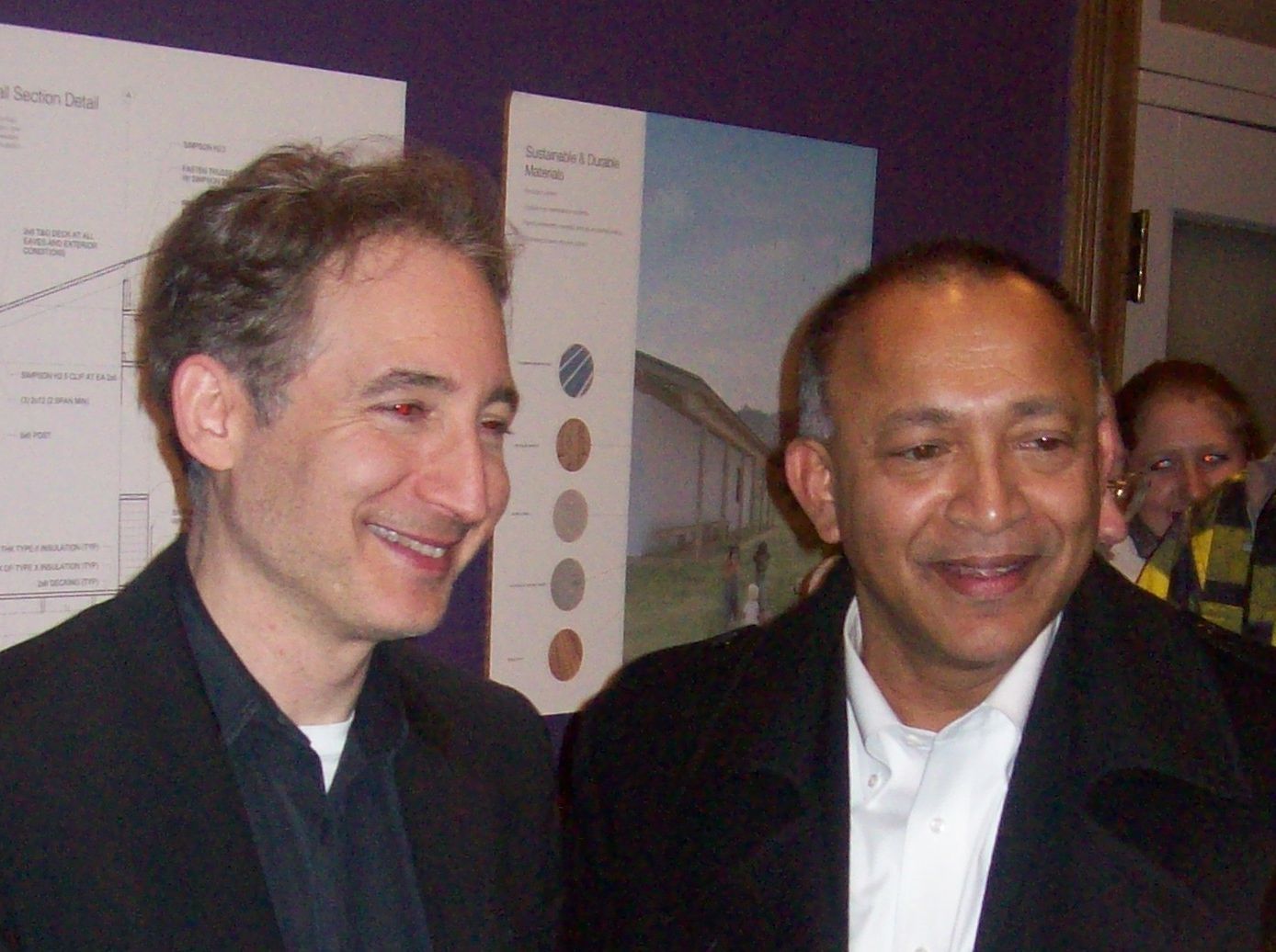Aug 26, 2013
From New Physics to New Weapons Technologies
Posted by Benjamin T. Solomon in categories: cosmology, defense, engineering, general relativity, military, particle physics, physics, space
My paper “New Evidence, Conditions, Instruments & Experiments for Gravitational Theories” was finally published by the Journal of Modern Physics, Vol. 8A, 2013. That is today Aug 26, 2013.
Over the last several years I had been compiling a list of inconsistencies in modern contemporary physics. This paper documents 12 inconsistencies. If I’m correct there will sooner or later, be a massive rewrite of modern physical theories, because I do not just criticize contemporary theories but critique them, i.e. provide positive suggestions based on empirical data, on how our theories need to be modified.
The upshot of all this is that I was able to propose two original, new experiments, never before contemplated in physics journals. Both involve new experimental devices, and one is so radically new that it is unthinkable. This is the gravity wave *telescope*.
The new physics lends itself to a new and different forms of weaponizations achievable within the next few decades, with technologies *not* predicted in science fiction. How about that?
Continue reading “From New Physics to New Weapons Technologies” »










